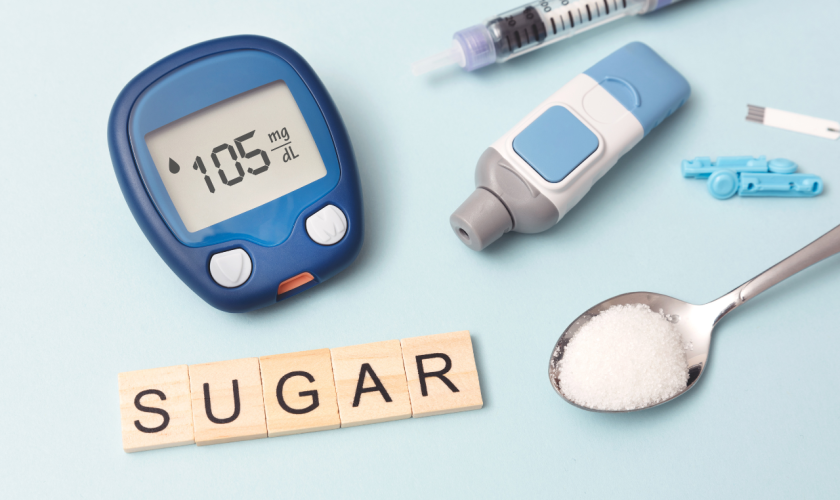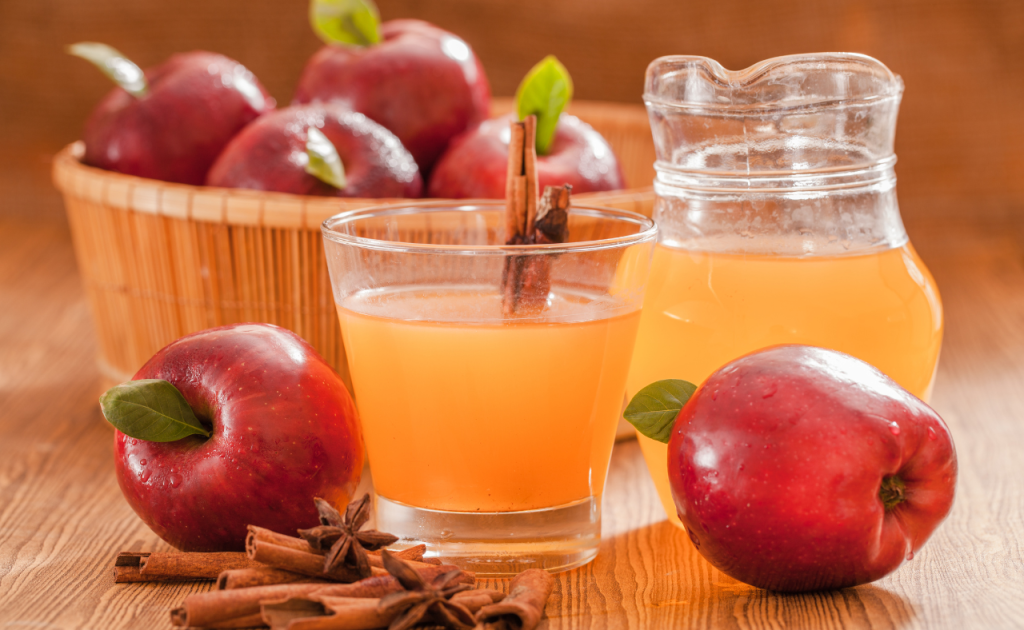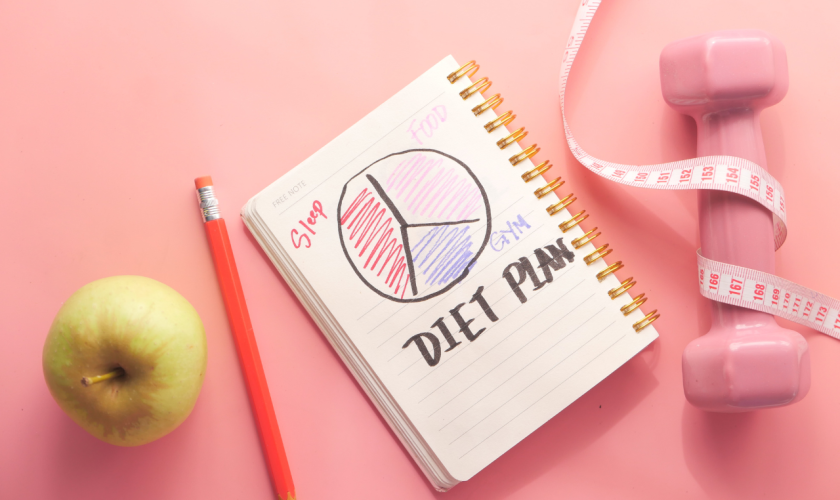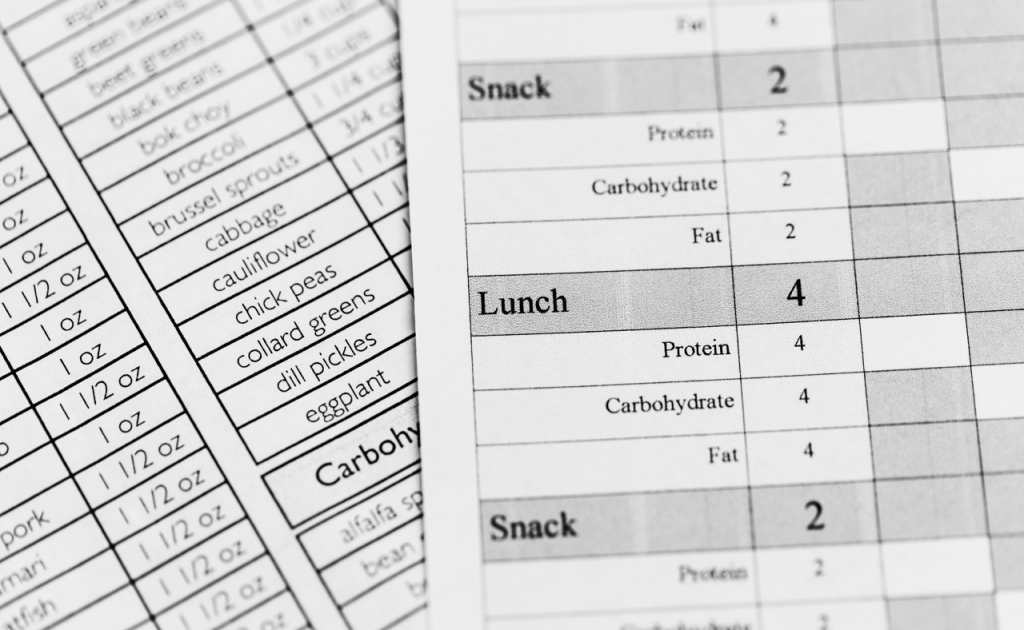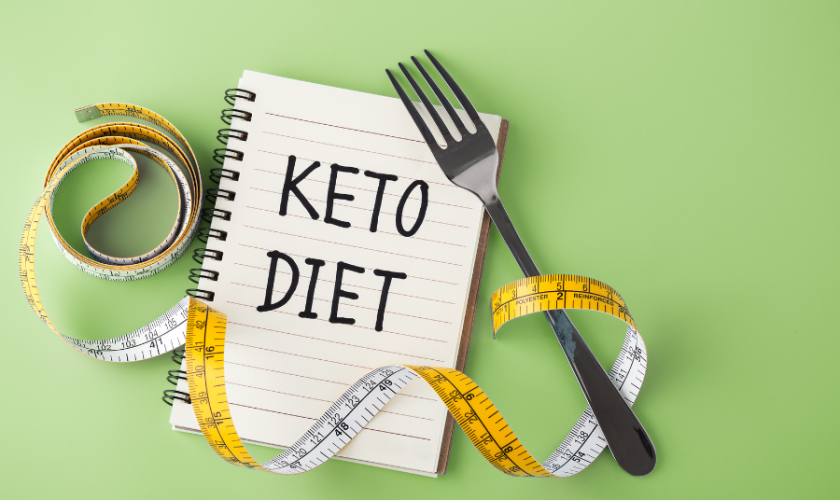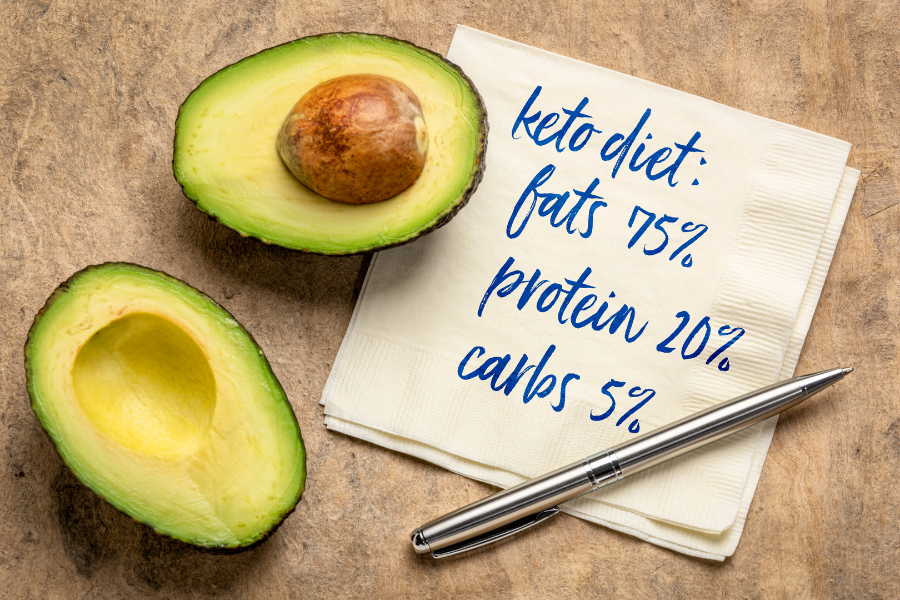Migraines and extreme pain can significantly disrupt daily life, making it challenging to focus on work, enjoy leisure activities, or even perform basic tasks. While over-the-counter and prescription medications are available to help manage these symptoms, many people seek natural, home-based remedies to alleviate their discomfort. In this article, we will explore various home remedies that can help reduce the intensity and frequency of migraines and manage extreme pain effectively.
Understanding the root causes and triggers of migraines and extreme pain is crucial for effective management. By incorporating natural remedies into your daily routine, you can often find relief without the need for extensive medication. Let’s dive into some of the best home remedies for managing these debilitating conditions.
Understanding Migraines and Extreme Pain
What Causes Migraines?
Migraines are more than just severe headaches. They are often accompanied by symptoms such as nausea, sensitivity to light and sound, and visual disturbances. The exact cause of migraines is not fully understood, but they are believed to be related to genetic and environmental factors, as well as changes in brain chemistry and blood flow.
Common Triggers for Migraines
Migraines can be triggered by a variety of factors, including stress, certain foods and beverages, hormonal changes, lack of sleep, and environmental changes. Identifying and avoiding these triggers can help reduce the frequency of migraine attacks.
Types of Extreme Pain
Extreme pain can manifest in various forms, including chronic pain conditions such as fibromyalgia, arthritis, and neuropathy. Understanding the type and source of your pain is essential for finding effective home remedies.
Natural Remedies for Migraines

1. Maintain a Consistent Sleep Schedule
A regular sleep schedule is crucial for preventing migraines. Aim for 7-8 hours of sleep each night and try to go to bed and wake up at the same time every day. Consistent sleep patterns help regulate your body’s internal clock and can reduce the frequency of migraines.
2. Stay Hydrated
Dehydration is a common trigger for migraines. Drinking enough water throughout the day can help prevent migraine attacks. Aim for at least eight 8-ounce glasses of water daily, and more if you are physically active or live in a hot climate.
3. Essential Oils
Essential oils like lavender, peppermint, and eucalyptus can provide relief from migraines. Lavender oil is known for its calming properties, while peppermint oil can help reduce headache pain. Inhaling these oils or applying them to your temples and forehead can provide relief.
4. Cold Compress
Applying a cold compress to your forehead or the back of your neck can help alleviate migraine pain. The cold temperature helps constrict blood vessels and reduce inflammation, providing temporary relief from pain.
5. Caffeine
In small amounts, caffeine can help reduce migraine pain by constricting blood vessels. However, be cautious with your intake as too much caffeine can lead to rebound headaches. A cup of coffee or tea during the early stages of a migraine can be beneficial.
6. Ginger Tea
Ginger has natural anti-inflammatory properties that can help reduce migraine pain. Drinking ginger tea or taking ginger supplements can provide relief. Ginger can also help alleviate nausea, a common symptom of migraines.
Natural Remedies for Extreme Pain

1. Turmeric
Turmeric contains curcumin, a compound with powerful anti-inflammatory properties. Incorporating turmeric into your diet or taking curcumin supplements can help manage chronic pain conditions like arthritis and fibromyalgia.
2. Epsom Salt Bath
Soaking in an Epsom salt bath can help relax muscles and reduce pain. The magnesium in Epsom salt is absorbed through the skin, providing relief from muscle soreness and joint pain. Add two cups of Epsom salt to a warm bath and soak for 20 minutes.
3. Capsaicin Cream
Capsaicin, the active ingredient in chili peppers, can help reduce pain by blocking pain signals to the brain. Applying capsaicin cream to the affected area can provide relief from conditions like neuropathy and arthritis.
4. Yoga and Stretching
Regular yoga and stretching can help improve flexibility, reduce muscle tension, and alleviate pain. Gentle stretches and yoga poses can be particularly beneficial for chronic pain conditions. Incorporate a daily stretching routine to help manage your pain.
5. Massage Therapy
Massage therapy can help reduce muscle tension, improve circulation, and alleviate pain. Regular massages can be beneficial for conditions like fibromyalgia and arthritis. Consider visiting a professional massage therapist or using a foam roller for self-massage at home.
6. Acupuncture
Acupuncture is an ancient Chinese practice that involves inserting thin needles into specific points on the body. This can help reduce pain by stimulating the body’s natural pain-relieving mechanisms. Acupuncture can be particularly effective for chronic pain conditions.
Lifestyle Changes to Manage Migraines and Pain

1. Healthy Diet
A balanced diet can help prevent migraines and manage chronic pain. Incorporate a variety of fruits, vegetables, lean proteins, and whole grains into your diet. Avoid common migraine triggers like processed foods, artificial sweeteners, and alcohol.
2. Regular Exercise
Regular physical activity can help reduce the frequency and intensity of migraines and manage chronic pain. Exercise releases endorphins, the body’s natural painkillers, and improves overall health. Aim for at least 30 minutes of moderate exercise most days of the week.
3. Stress Management
Stress is a common trigger for both migraines and chronic pain. Practicing stress management techniques like mindfulness, meditation, and deep breathing can help reduce stress levels and prevent pain. Incorporate these practices into your daily routine to help manage your condition.
4. Avoid Triggers
Identifying and avoiding triggers is crucial for managing migraines and chronic pain. Keep a journal to track your symptoms and identify patterns. Common triggers include certain foods, stress, lack of sleep, and environmental changes. Once you identify your triggers, take steps to avoid them.
Supplements and Herbs
1. Magnesium
Magnesium is essential for nerve function and can help prevent migraines. Many people with migraines have low levels of magnesium. Taking magnesium supplements or incorporating magnesium-rich foods like spinach, almonds, and black beans into your diet can be beneficial.
2. Feverfew
Feverfew is a herb that has been used for centuries to treat migraines. It contains compounds that help reduce inflammation and prevent the constriction of blood vessels. Taking feverfew supplements or drinking feverfew tea can help prevent migraines.
3. Butterbur
Butterbur is another herb that can help prevent migraines. It works by reducing inflammation and stabilizing blood flow to the brain. Taking butterbur supplements can help reduce the frequency and severity of migraines.
4. Coenzyme Q10
Coenzyme Q10 (CoQ10) is a compound that helps produce energy in cells. It has been shown to reduce the frequency of migraines and improve overall health. Taking CoQ10 supplements can be beneficial for managing migraines.
Final Thoughts
Migraines and extreme pain can significantly impact your quality of life, but there are many natural remedies and lifestyle changes that can help manage these conditions. Incorporating dietary adjustments, essential oils, herbal remedies, and regular exercise into your routine can provide significant relief. Additionally, practicing stress management techniques and avoiding triggers can help prevent migraines and manage chronic pain.
It’s important to remember that while home remedies can be effective, they should complement, not replace, medical treatment. Always consult with your healthcare provider before making significant changes to your treatment plan. By taking a holistic approach to managing migraines and extreme pain, you can improve your overall health and well-being, and enjoy a better quality of life.



